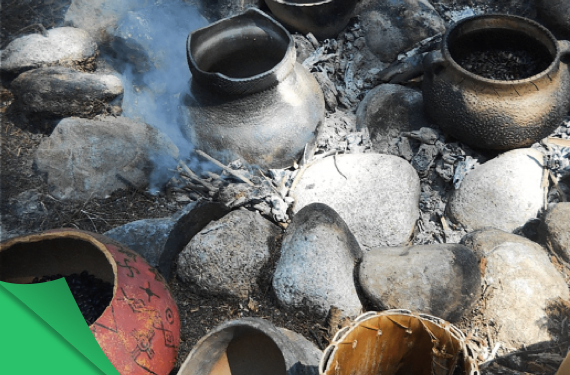Stinky And Delicious: Why Fermentation Makes Great Food
Discover the world of fermentation with a world-renowned chef as you use kitchen chemistry to transform raw veggies into delicious dishes.
Do Cells, Tissues, And Organs Give Super Athletes An Edge?
What does it take to be a super athlete? Take a close-up look at cells, tissues, and organs to see if their biology gives them an advantage.
Sustainable Tech For The City Of Ember
The classic young adult novel The City Of Ember is a dystopian struggle for survival underneath the surface of the Earth. But what if they had made use of aquaponics and geothermal power? Find out in this claims, evidence, and reasoning STEM challenge that lives up to this novel’s compelling premise.
Hack Your Food With Water-Loving Hydrogel Polymers
Hack your food with materials science as you use water-loving hydrogels to grow vegetables from scraps and make a batch of “hot” ice cream.
Engineering A Fix For The Great Pacific Garbage Patch
Students will consider the impact the Great Pacific Garbage Patch on the environment and marine life—and design a waste-catching device.
What Did Ancient Civilizations Eat? An Archaeology Lab Experiment
Compare simulated ancient plant remains to real archaeological data to understand the diets of past civilizations.
Hungry Hungry Hermetia
Food waste is a real problem in the world today. Can you design an economic and environmental solution—with fly larvae?
Smell That? It’s Forensic Entomology At The Body Farm
Try your hand at forensic entomology and use insect larvae to find the age of a rotting corpse in this body farm simulation
Fossilization And Decay At The La Brea Tar Pits
Using the La Brea Tar Pits as inspiration, look at the conditions that affect fossil formation.
How Do You Figure Out How Dinosaurs Walked?
Analyze the gait of bipedal organisms, including humans, chimps, and birds, then use pelvic anatomy to predict how theropod dinosaurs walked.









